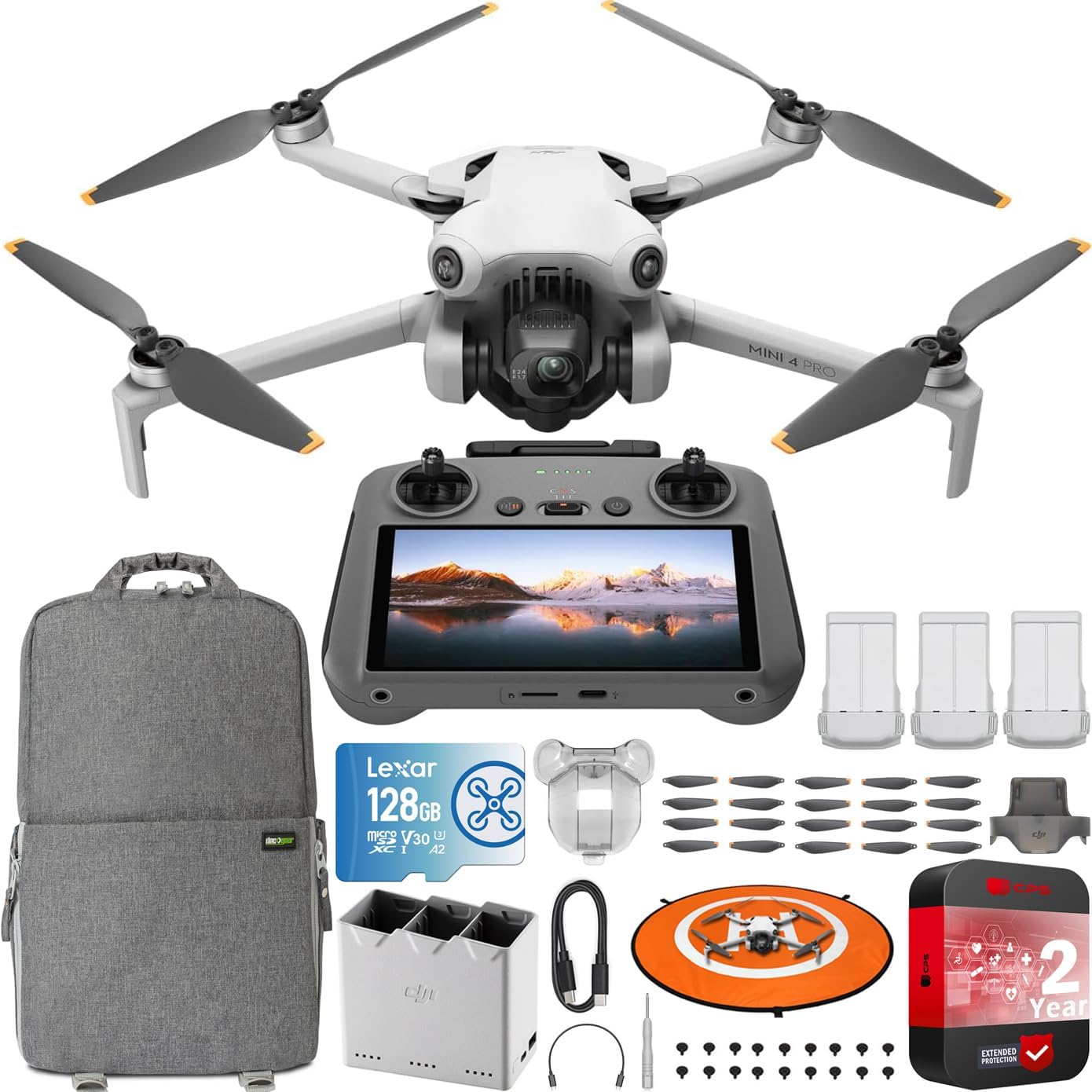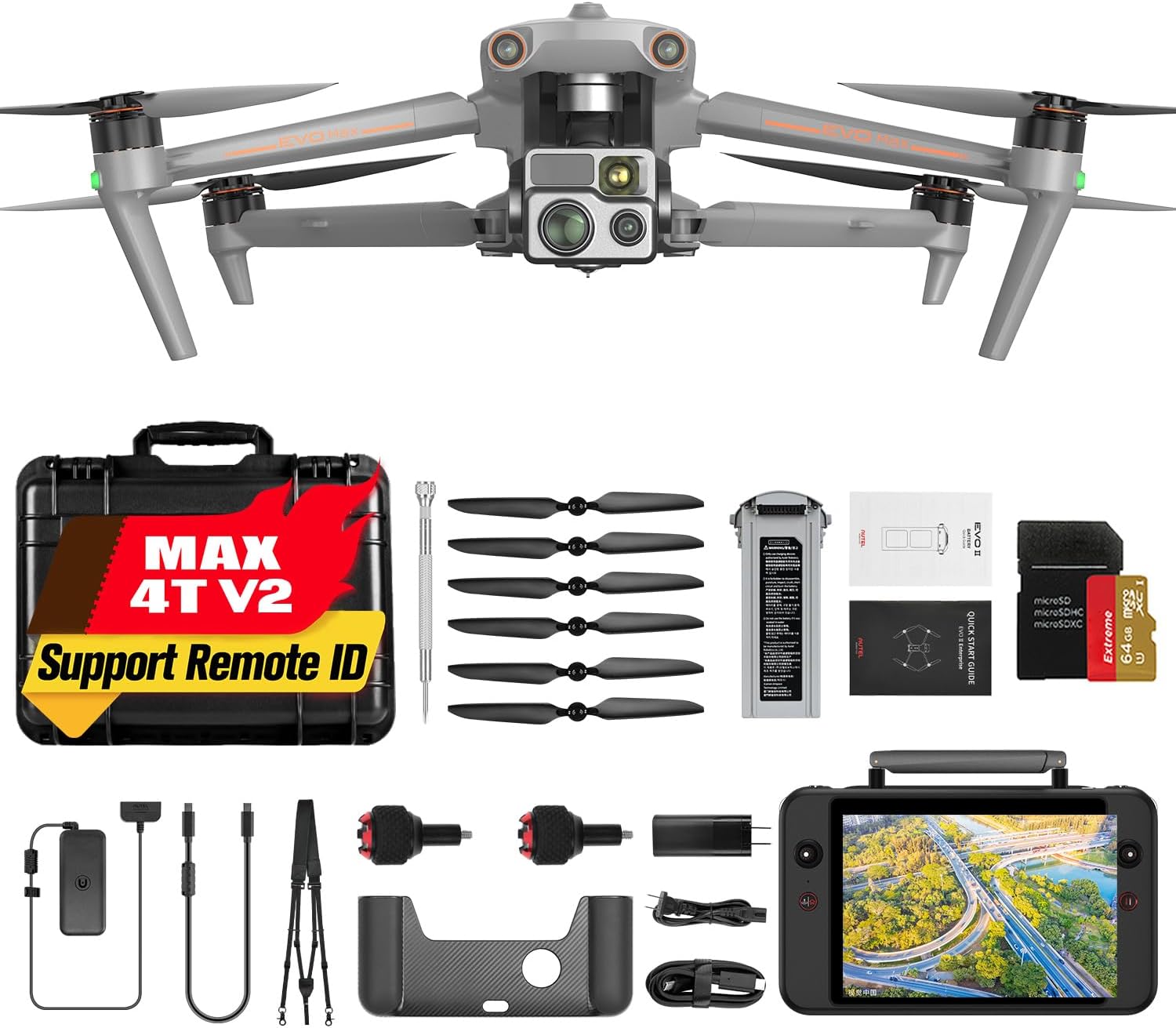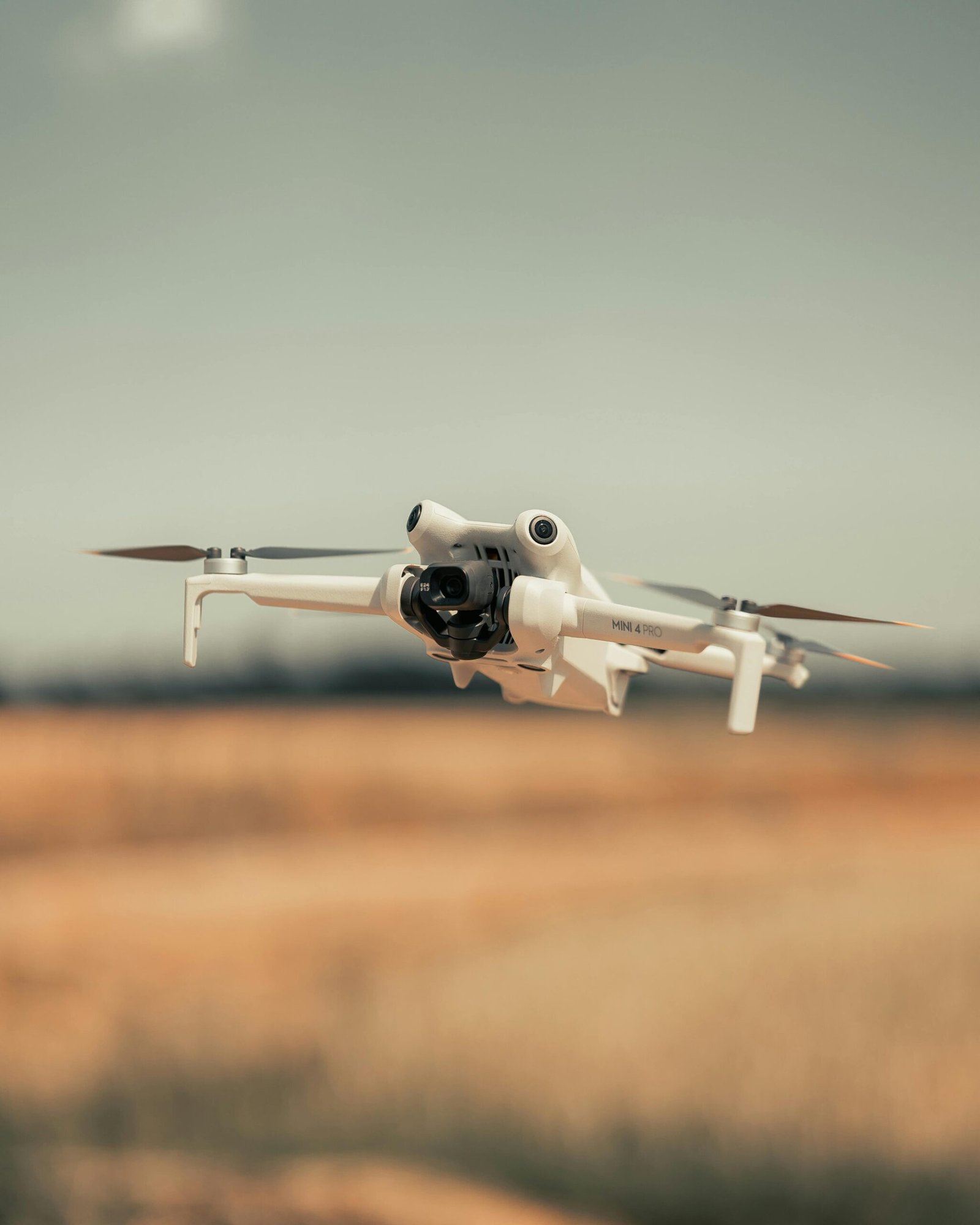Introduction
Looking for the best drones for videography in 2025? Whether you’re a content creator, filmmaker, or someone trying to level up with cinematic aerial shots for YouTube or client projects, this guide is your blueprint. We’ve tested, researched, and filtered out the fluff to bring you drones that deliver crisp footage, rock-solid stability, and serious creative power.
From ultra-portable models like the DJI Mini 4 Pro to high-end pro drones like the Inspire 3, you’ll find the perfect match right here.
Top 5 Best Drones for Videography (2025 Edition)
1. DJI Mavic 3 Pro

Why it stands out:
- 4/3 CMOS Hasselblad camera
- Shoots 5.1K at 50fps + Apple ProRes
- 43-minute flight time
- Multi-directional obstacle sensors
- Triple-lens setup: wide, telephoto, and medium
Perfect for serious creators, travel vloggers, and indie filmmakers. It’s the ideal balance between professional features and portability.
2. DJI Mini 4 Pro

Why it’s a top pick:
- Under 249g (no FAA registration required in many regions)
- 4K/100fps video with HDR
- Omnidirectional obstacle avoidance
- 34-minute flight time
- Smart tracking, vertical shooting, master shots
Great for travel, quick shoots, reels, and vertical-first platforms. Packs a punch for its size.
3. Autel EVO Max 4T

What makes it different:
- 8K video capability
- Thermal imaging and AI object detection
- Urban anti-jamming tech
- 42-minute flight time
- Built like a tank for commercial videography
This is a serious machine for creators who want DJI-level performance but want to break out of the ecosystem.
4. Potensic Atom 2

Why it delivers:
- 4K video at 30fps
- 3-axis mechanical gimbal
- 48MP photo resolution
- GPS return-to-home, auto-follow, gesture shots
- Lightweight and beginner-friendly
Perfect for creators on a budget or beginners who still want pro-looking content without breaking the bank.
5. DJI Inspire 3

What sets it apart:
- Shoots 8K RAW at up to 75fps
- Full-frame sensor and interchangeable lenses
- Dual native ISO for better dynamic range
- RTK precision and ProRes compatibility
- Built for professional filmmaking
If you’re shooting commercial films, music videos, or high-end real estate content, this is the tool to take your vision to the next level.
Quick Comparison Table
| Drone | Max Video Quality | Flight Time | Camera Sensor | Weight |
|---|---|---|---|---|
| Mavic 3 Pro | 5.1K @ 50fps | 43 mins | 4/3 CMOS Hasselblad | ~958g |
| Mini 4 Pro | 4K @ 100fps | 34 mins | 1/1.3” CMOS | <249g |
| Autel EVO Max 4T | 8K | 42 mins | 1″ CMOS + Thermal | ~1350g |
| Potensic Atom 2 | 4K @ 30fps | 30 mins | High MP sensor | <249g |
| DJI Inspire 3 | 8K RAW | 28 mins | Full-frame | Heavy |
Final Take: Which Drone Should You Buy?
Selecting the best drone for videography depends on your specific needs, skill level, and budget. If you’re looking for a well-rounded drone with professional-grade features, the DJI Mavic 3 Pro offers a solid combination of performance and portability.
For those just starting out or working within a tighter budget, the Potensic Atom 2 provides good video quality and user-friendly features at a more accessible price point.
Professionals seeking advanced cinematography tools may prefer the DJI Inspire 3, while content creators prioritizing convenience and compliance will find the DJI Mini 4 Pro an ideal everyday option.
Each drone listed here has its strengths, and the best choice will ultimately depend on your creative goals and shooting style.
Disclosure:
This post contains affiliate links. If you click on a link and make a purchase, I may earn a small commission at no extra cost to you. This helps support the blog and allows me to continue providing content. Thank you for your support.







